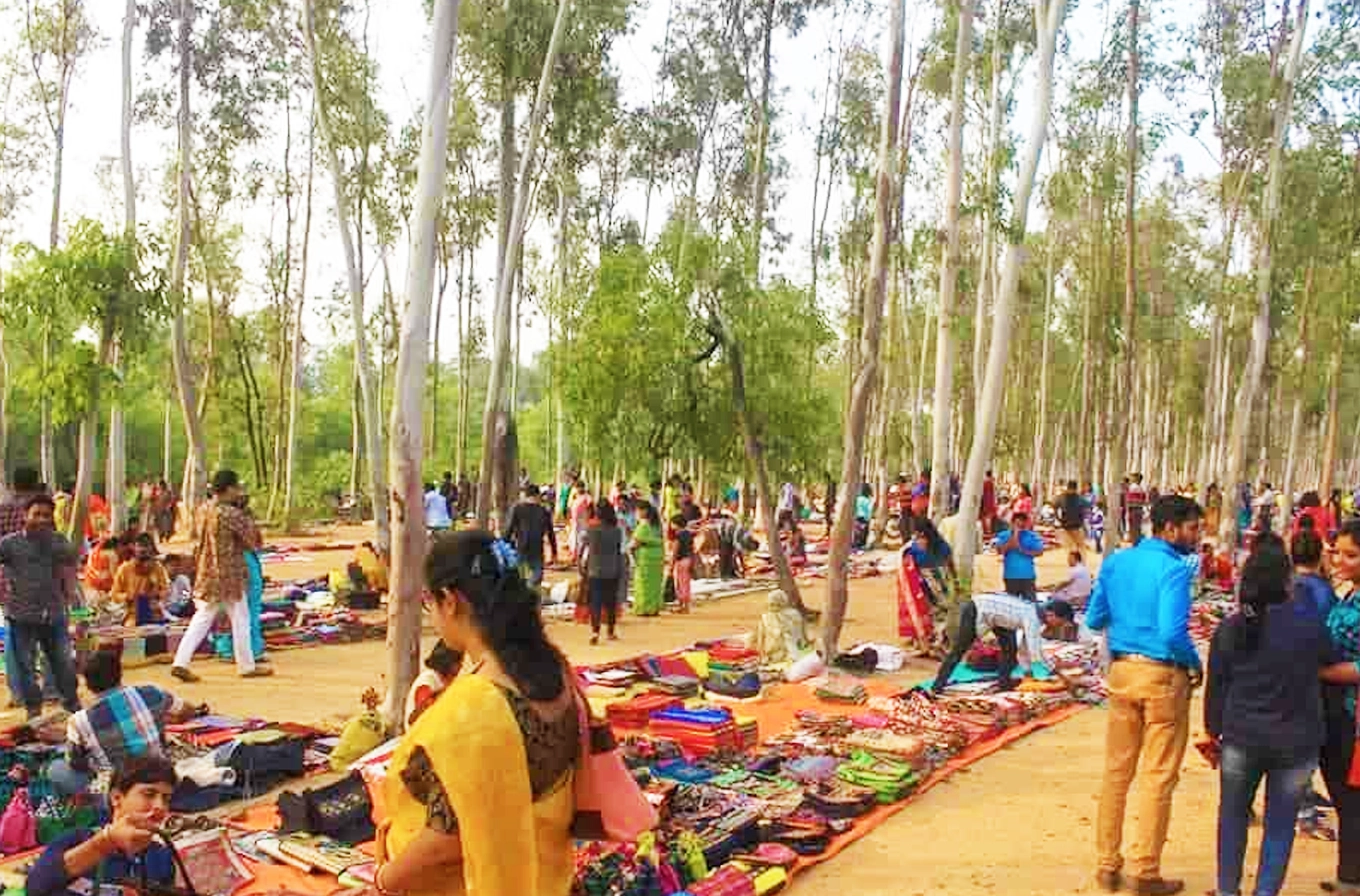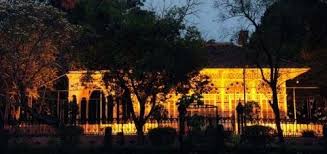Visva-Bharati University: Tagore’s vision of learning in nature
Visva-Bharati is not merely a university; it is an idea that unites learning, art, and life in harmony with nature. Founded by Rabindranath Tagore in 1921, the institution was conceived as a meeting ground of the world’s cultures—a place where the mind is fearless and knowledge is free. This guide explores the history, the campuses, the art schools, the people, and the practicalities of visiting Visva-Bharati University, with suggestions on how to pair the experience with a comfortable stay at The Pearl Club Resort.
Origins & history of how Visva-Bharati became a global seat of learning
Visva-Bharati began as a small ashram school called Patha Bhavana, where children learned in open classrooms beneath the trees. Tagore envisioned an education that was intimate with nature, steeped in creativity and grounded in simplicity. Over time, the school grew into a central university recognized across the world for its unique pedagogy and its deep connection to art, culture, and rural upliftment. Today, the campus is a living heritage site reflecting Tagore’s ideals of holistic development and cultural exchange.
The university’s name—Visva (world) and Bharati (India)—captures Tagore’s hope for a synthesis between the global and the local. Walking through the shaded paths, red earth, and murals of the Santiniketan campus, one senses an ongoing dialogue between tradition and innovation.
What you will find
The Visva-Bharati campus is not only an academic institution but a cultural landscape. Its open-air classrooms, museums, art schools, and seasonal festivals make it one of India’s most inspiring learning environments. Below is a categorized guide so you know what to explore.
Patha Bhavana & open-air learning
Patha Bhavana is the original school where Tagore’s educational experiment began. Lessons still take place under trees, where students and teachers sit together, blending intellectual inquiry with natural observation. Visitors can walk through the grounds quietly and observe classes in progress.
Explore Visva-Bharati University through this visual journey
Explore the open-air classrooms and artistic legacy of Visva-Bharati University
Kala Bhavana – Institute of Fine Arts
One of the most renowned art colleges in India, Kala Bhavana was established by Tagore’s son, Abanindranath Tagore. Its courtyards, murals, and sculptures have been shaped by masters like Nandalal Bose, Ramkinkar Baij, and Benode Behari Mukherjee. The art school is a must-visit for anyone interested in modern Indian art and the roots of Santiniketan’s creative identity.
Siksha Bhavana & academic life
The academic core of the university, Siksha Bhavana, offers a wide range of disciplines—from humanities and sciences to philosophy and social studies. Visitors are often surprised by the balance of scholarly rigor and creative atmosphere on campus.
Sangeet Bhavana – Music & dance
This institute carries Tagore’s musical legacy forward through Rabindra Sangeet, classical music, and dance. Attend a rehearsal or performance if you can; students’ daily practice fills the air with melodies that embody Tagore’s spirit of unity through rhythm.
Rural reconstruction & Sriniketan
Established by Tagore in 1922, Sriniketan focuses on rural development, agriculture, and craft education. It stands as a testament to Tagore’s belief that education must uplift villages and empower self-reliance. The Krishi Vidya and Palli Samgathan centers here continue his mission of sustainable community growth.
Festivals & cultural calendar
Visva-Bharati’s festivals are integral to its identity. Poush Mela in December, Basanta Utsav (Holi) in spring, and Varsha Mangal in monsoon transform the campus into a living stage of colors, dance, and song. These are not tourist events but expressions of Tagore’s seasonal celebrations of life.
Plan your visit — explore Visva-Bharati’s campus and then unwind nearby. Reserve at The Pearl Club Resort
Campus art, architecture & nature
Visva-Bharati’s campus is an open-air museum. Ramkinkar Baij’s stone sculptures rise from the red earth, Benode Behari Mukherjee’s murals enliven the walls, and banyan-shaded paths connect schools and museums. The architecture is minimal yet soulful, using local materials that merge with the landscape. For photographers and artists, every corner of the campus offers natural composition and meaning.

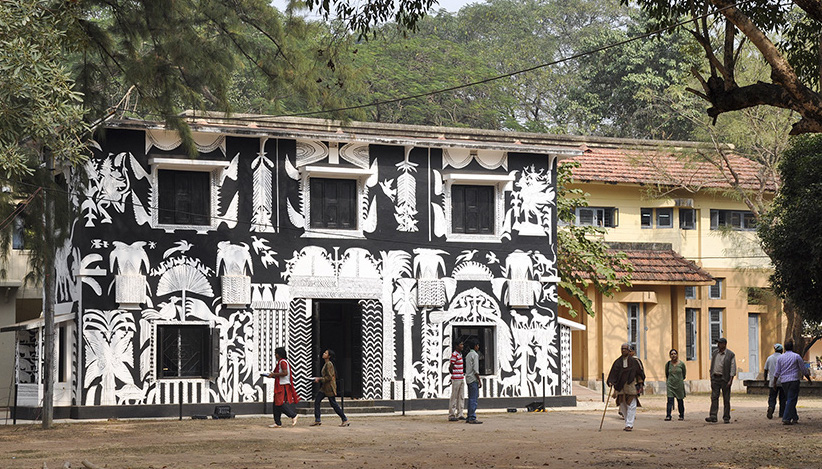
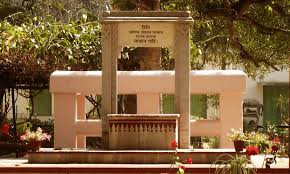

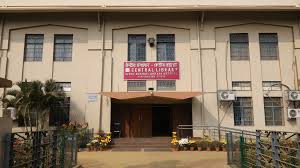
People & legacy
Visva-Bharati has been home to generations of artists, scholars, and thinkers who shaped India’s modern cultural identity. From Nandalal Bose and Amartya Sen to numerous unsung teachers and craftspeople, the university’s community embodies Tagore’s dream of universal fellowship. Meeting the students and faculty often reveals how deeply this legacy still breathes through everyday learning.
When to visit: seasons, timings & events
The best time to visit Visva-Bharati is during winter (November to February) when the weather is pleasant and festivals like Poush Mela take place. Early mornings are ideal for walking tours; evenings are filled with music rehearsals and student gatherings. The spring festival Basanta Utsav is perhaps the most vibrant time of all, when colors and songs merge across the campus.
How to reach Visva-Bharati University
By train: Bolpur Shantiniketan railway station is the nearest stop. From there, local e-rickshaws or autos can take you to the main gate (Cheena Bhavana, Uttarayan complex, or Kala Bhavana areas).
By road: Santiniketan is around 170–190 km from Kolkata (approx. 4 hours). Regular buses and taxis operate daily. Parking is available near the university gates.
By air: The nearest airports are Durgapur (Kazi Nazrul Islam Airport, ~60 km) and Kolkata (Netaji Subhas Chandra Bose International Airport, ~180 km).
Tips for visitors
Respect quiet zones: Remember that it’s an academic campus; maintain silence during classes and rehearsals.
Dress comfortably: Light cottons work best; hats and sunscreen for open-air walks.
Photography: Allowed in public areas, but avoid photographing students or ongoing classes without permission.
Local guides: Hire authorized guides for deeper insights; they often share stories you won’t find in books.
Nearby attractions
Pair your visit with nearby experiences such as Uttarayan Complex (Tagore’s residence and museum), Amar Kutir (handicraft cooperative), Ballavpur Wildlife Sanctuary, and the Sonajhuri Haat weekend market.
Where to stay
If you wish to stay near the campus in comfort, The Pearl Club Resort is an excellent choice. Just a few minutes’ drive from the university, it offers elegant rooms, cultural programs, and tranquil surroundings. Below are some highlights.


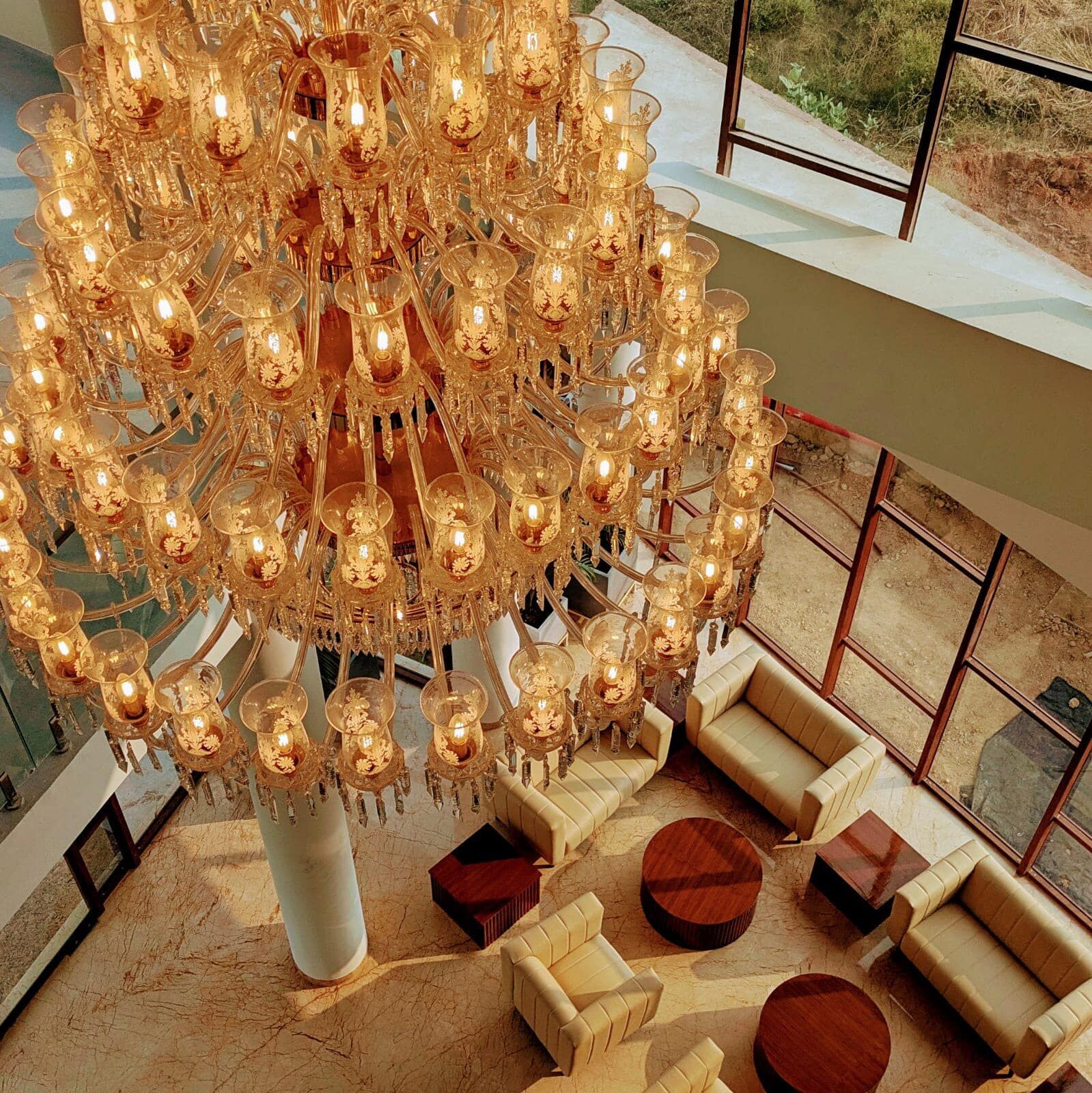
Rooms & bungalows
Choose from deluxe rooms or family bungalows, each with serene interiors and garden views—perfect for writers, students, or heritage travelers.
Facilities
- Restaurant serving local Santiniketan cuisine and continental options.
- Swimming pool, gym, and conference hall for cultural programs.
- Guided tours to Visva-Bharati, Sonajhuri Haat, and nearby villages.
- Event spaces for workshops, performances, or retreats.
Sample itineraries (one-day, weekend, slow 3-day)
Here are practical itineraries designed around Visva-Bharati University and Santiniketan’s artistic circuit.
Half-day (academic highlights)
- Morning: Visit Patha Bhavana and Kala Bhavana art galleries.
- Midday: Explore Tagore’s residence at Uttarayan.
- Afternoon: Tea at a local café or The Pearl Club Resort.
Two-day weekend
- Day 1: Arrive and tour the main campus; evening cultural performance at Sangeet Bhavana.
- Day 2: Morning visit to Sriniketan; afternoon stop at Sonajhuri Haat; dinner at the resort.
Slow 3–4 day
- Day 1: Check-in, explore campus paths, evening relaxation at the resort.
- Day 2: Attend a morning lecture or art demo, visit Uttarayan and Amar Kutir.
- Day 3: Explore Ballavpur Sanctuary and rural crafts, evening with Baul songs.
- Day 4: Leisure breakfast, checkout, and local shopping before departure.
Responsible travel & how to give back
Visva-Bharati’s ethos of self-reliance and harmony continues today. Support student-run exhibitions, buy crafts from university cooperatives, and respect the campus environment. Refrain from littering, reduce plastic use, and choose sustainable local products.
Practical information: Hours & safety
Campus hours: Generally 7 AM to 6 PM, though museum and gallery timings may differ.
Safety: The campus is peaceful and safe for families; just stay alert near roads where bicycles and e-rickshaws move frequently.
Frequently asked questions
- Is Visva-Bharati open to tourists?
- Yes, visitors can explore most parts of the campus during daylight hours, except restricted academic zones.
- Can I attend classes or lectures?
- Guests may attend open lectures or performances with prior permission; regular classes are for enrolled students.
- What is the best time to visit?
- Winter (Nov–Feb) and festival seasons like Poush Mela and Basanta Utsav.
- Is there an entry fee?
- No, entry to most areas is free; museums may charge a small ticket.
Local voices
Meet a student painter who studies under trees, a music scholar rehearsing Rabindra Sangeet, or an old caretaker who remembers when Tagore himself walked the grounds. These human stories keep the spirit of Santiniketan alive — turning every visit into a conversation with history.
Why Visva-Bharati will stay with you
Visva-Bharati is not just a destination — it’s an emotion. It offers a glimpse of how learning and life can be one continuous art form. Beneath the open sky, the rhythm of classes, songs, and footsteps blend into a harmony that defines Santiniketan. You leave not with souvenirs, but with a quiet reverence — for Tagore’s dream, for creativity, and for the enduring beauty of education in nature.

